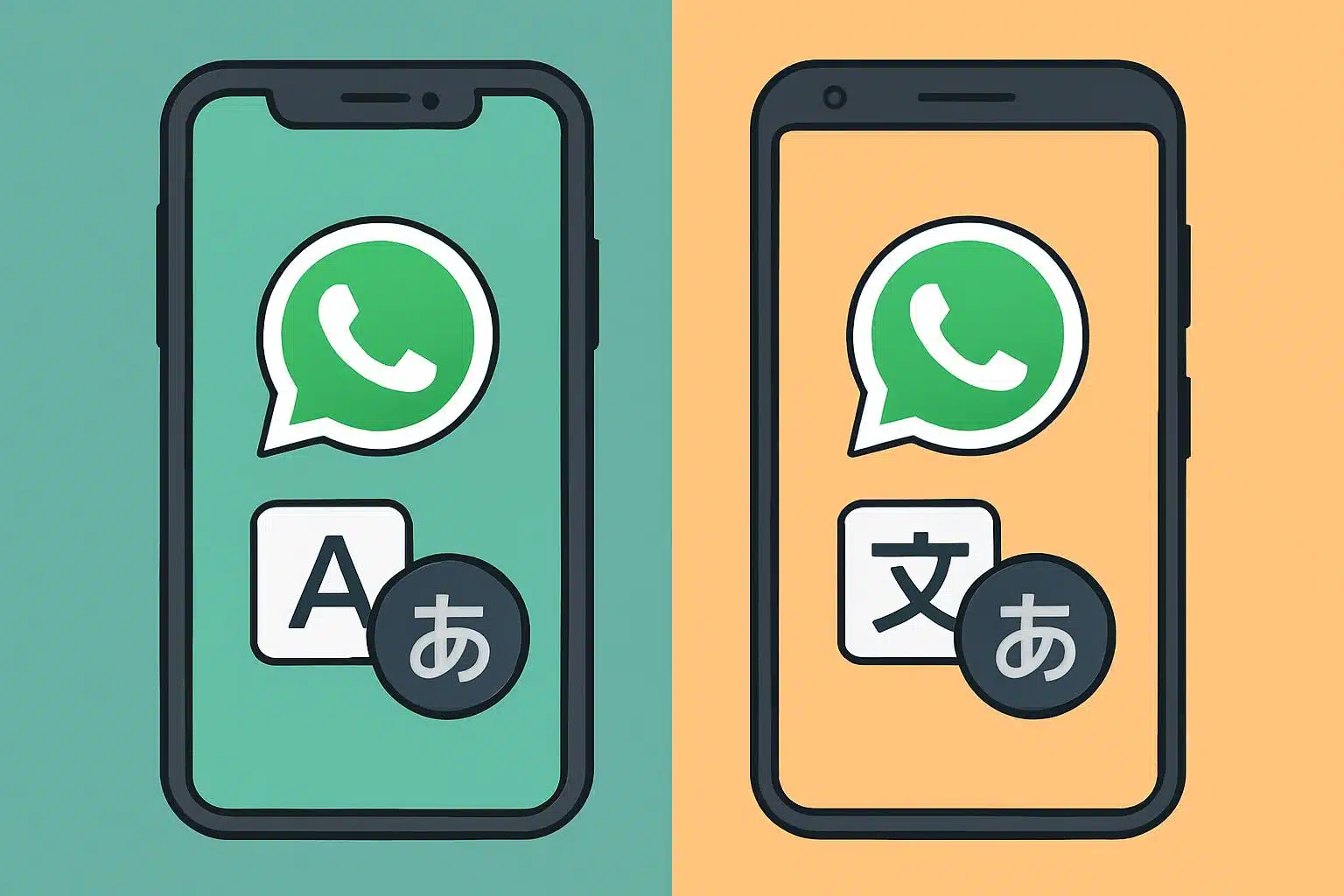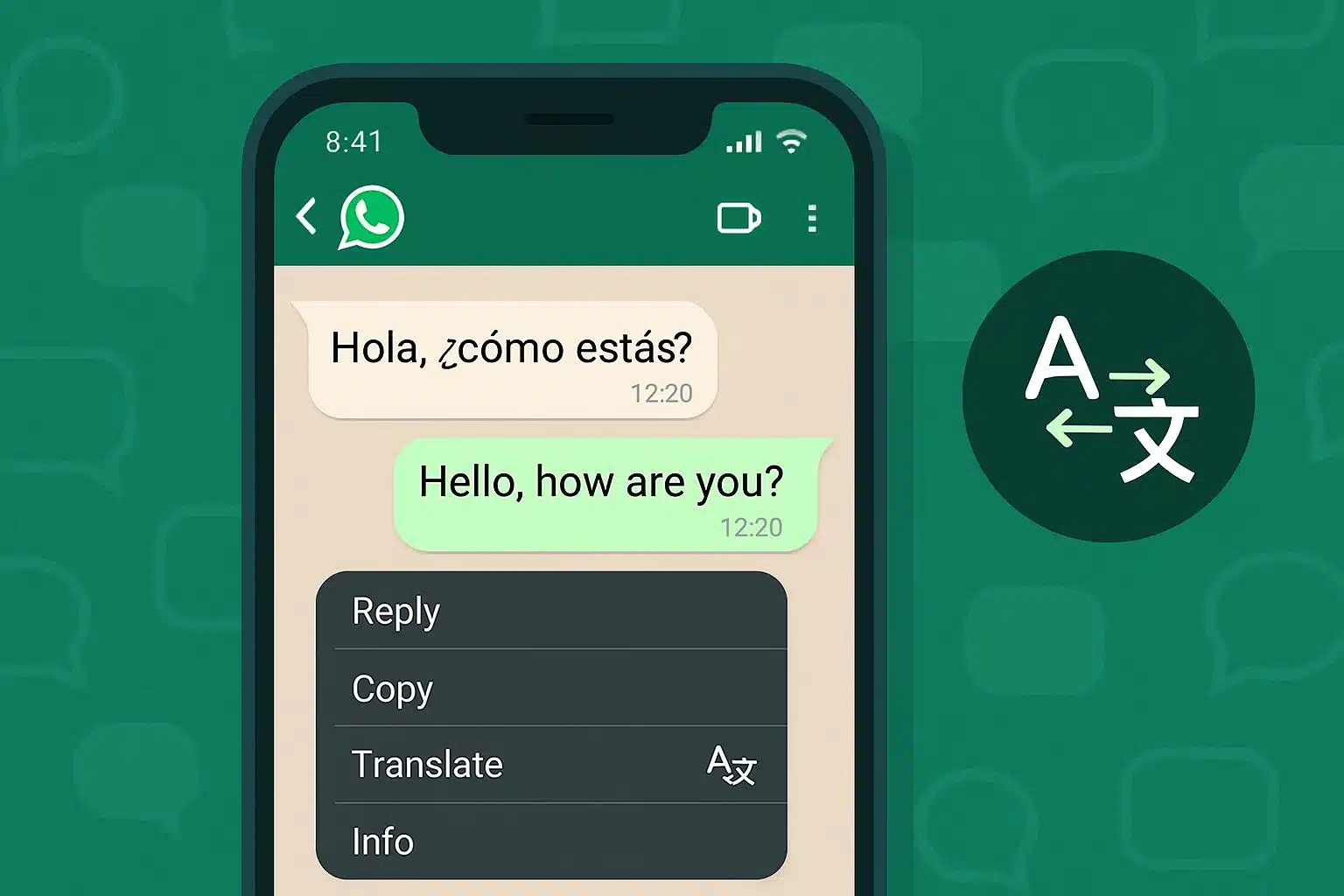WhatsApp is introducing a native message translation tool within chat so people no longer need to copy and paste text into another app. The feature works in one-on-one chats, group chats and Channel updates, and is processed on your device for speed and privacy.
What’s new in WhatsApp message translation features
Tap and hold any message and tap Translate to see it in the language of your choice. On Android, the control may be behind the three-dot overflow menu; on iPhone, it’s included inline with other standard message actions. The translation is instantaneous and reversible, enabling viewing of the original text.

The feature is coming to both Android and iOS. It augments WhatsApp’s existing end-to-end encryption by processing translation on the device itself, instead of sending text to a cloud service.
Supported languages at launch on Android and iPhone
For Android users, they can begin with six languages:
English
Spanish
Hindi
Portuguese
Russian
Arabic
You can always add more as WhatsApp grows its market share.
On iPhone, WhatsApp uses Apple’s Translations framework to unlock 19 languages at launch, including:
Mandarin Chinese
Japanese
Korean
French
German
Italian
Since the iOS tool is built around Apple’s system translation, it leverages languages and models that Apple maintains for its devices.
Android users can download a small language pack — about 24 megabytes per language — to use offline translation. These packs can eventually be uninstalled to free up space.
On-device processing and privacy for translated messages.
Meta says translations are done locally, and end-to-end encrypted chats remain private. Messages are decrypted on your device as they normally would be; the translator operates on that plaintext, again on the same screen, and WhatsApp and third parties never receive a copy. On iOS, Apple’s Translations API is used with the on-device models, while on Android, WhatsApp relies on its own translation engine.

By making local translation a practical reality, this translates to faster results (i.e., low latency), guards against poor connectivity, and supports edge data minimization compared with its cloud-based counterparts.
Automatic message translation for Android chats
Android takes this a step further with auto-translate for all future incoming messages in a thread. Once activated for a conversation, new texts come in your chosen language with no extra taps. This is particularly handy in active group chats or cross-border business threads.
You can turn this on at the chat level if it’s not on already. (On a related note: the auto-translate setting doesn’t affect message delivery, encryption, or media processing, just how the text of messages is rendered on your device.)
Why this matters for WhatsApp users and global messaging
WhatsApp has more than two billion users worldwide, and India is its largest market with hundreds of millions using the social media service in dozens of different regional languages. According to company figures, the service processes more than 100 billion messages a day. Translation powered within the app is bridging family, classroom or small-business conversations without the friction of technical workarounds.
Think of a supplier in São Paulo coordinating with a buyer in Delhi: Android’s auto-translate can keep the thread readable in Portuguese on one side, Hindi on the other. Community managers can also translate Channel updates so followers never lose context.
Competitors have dabbled with similar features — Google’s Live Translate on Pixel can render messages between apps, and Telegram has in-app translation — but WhatsApp’s asset here is user scale plus on-device processing that maps nicely to end-to-end encryption. Combined, they are a mechanism with which to minimize friction for the largest global messaging audience.
How to use WhatsApp’s built-in message translation
Update WhatsApp to the most recent version. Long-press a message in any chat, and select Translate. On Android, it’s in the three-dot menu if you don’t see it right away. The app may ask you to install a language pack, but once downloaded, other translations will be instant and offline.
To have a conversation on an Android device automatically translated, go to the chat and find the translation controls in its menu, where you’ll see switches to turn auto-translation on and off. Source and target languages can be configured per thread.
A few notes: The feature is limited to text messages and Channel posts; voice messages and media captions may not be included at launch. Like any machine translation, the conversion is not context-sensitive and may lose some nuance — so it’s a good idea to double-check particular terminology, especially in legal, medical or financial use cases.
Now that native translation is baked in — and more languages are promised — WhatsApp addresses one of the most common pains of global messaging: the minute you leave a conversation to understand it.







